Introduction
Emergencies can strike at any time, often without warning. Whether it’s a natural disaster, a power outage, or a medical crisis, being prepared can make all the difference. This Emergency Preparedness Guide provides everything you need to know to protect yourself, your family, and your property. From creating a disaster kit to developing an emergency plan, we’ll cover all the essential steps to ensure you’re ready for anything.
Let’s dive into this comprehensive guide and equip you with the knowledge and tools to handle emergencies with confidence.
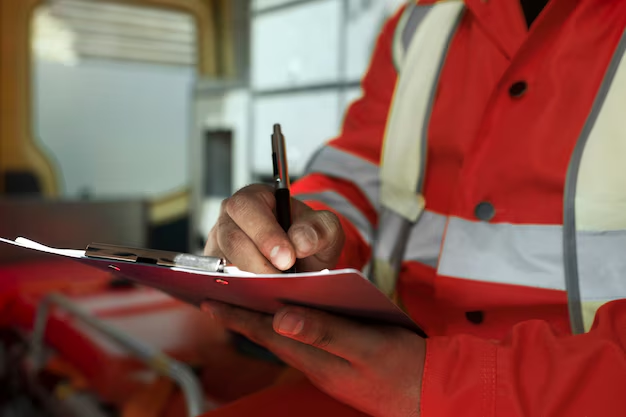
Why Emergency Preparedness Matters
Emergencies can disrupt lives, cause injuries, and damage property. Being prepared helps you:
- Save Lives: Quick and informed actions can prevent injuries and fatalities.
- Reduce Stress: Knowing what to do in an emergency reduces panic and confusion.
- Minimize Damage: Preparedness can help protect your home and belongings.
- Recover Faster: A well-thought-out plan speeds up recovery after a disaster.
By following this Emergency Preparedness Guide, you’ll be ready to face any situation head-on.
Step 1: Assess Your Risks
The first step in emergency preparedness is understanding the risks specific to your area. Common emergencies include:
- Natural Disasters: Earthquakes, hurricanes, floods, tornadoes, wildfires, and winter storms.
- Man-Made Disasters: Power outages, chemical spills, and acts of terrorism.
- Personal Emergencies: Medical crises, home fires, and accidents.
Research the risks in your region and prioritize your preparations accordingly.
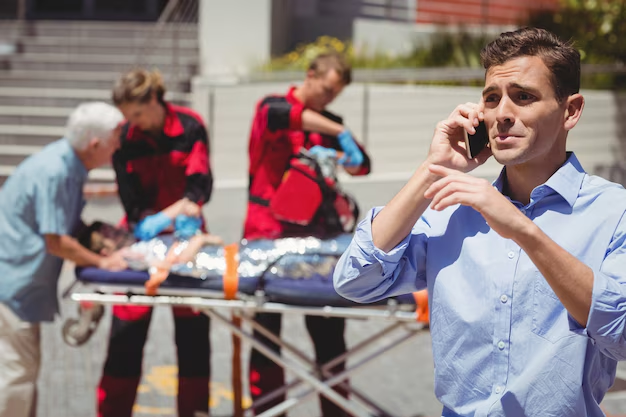
Step 2: Create an Emergency Plan
An emergency plan ensures everyone knows what to do during a crisis. Here’s how to create one:
1. Communication Plan
- Designate a family meeting spot in case you’re separated.
- Choose an out-of-town contact person to relay information.
- Ensure everyone knows how to send text messages, as they often work when calls don’t.
2. Evacuation Plan
- Identify multiple evacuation routes from your home and neighborhood.
- Practice evacuation drills with your family.
- Plan for pets and livestock, ensuring they have carriers, leashes, or transport arrangements.
3. Shelter-in-Place Plan
- Identify safe areas in your home for different emergencies (e.g., a basement for tornadoes or an interior room for earthquakes).
- Stock these areas with essentials like water, food, and flashlights.
4. Special Considerations
- Account for family members with disabilities, medical needs, or language barriers.
- Teach children how to call 911 and provide their address.
Step 3: Build an Emergency Kit
A well-stocked emergency kit is essential for survival during a disaster. Here’s what to include:
Basic Supplies
- Water (1 gallon per person per day for at least 3 days)
- Non-perishable food (3-day supply)
- Manual can opener
- Flashlight and extra batteries
- First aid kit
- Multi-tool or Swiss Army knife
- Whistle to signal for help
- Dust masks and plastic sheeting for shelter
- Moist towelettes, garbage bags, and ties for sanitation
- Local maps
Additional Items
- Prescription medications and glasses
- Infant formula, diapers, and baby supplies
- Pet food and supplies
- Cash or traveler’s checks
- Important documents (IDs, insurance policies, bank records) in a waterproof container
- Cell phone with chargers and backup batteries
- Blankets or sleeping bags
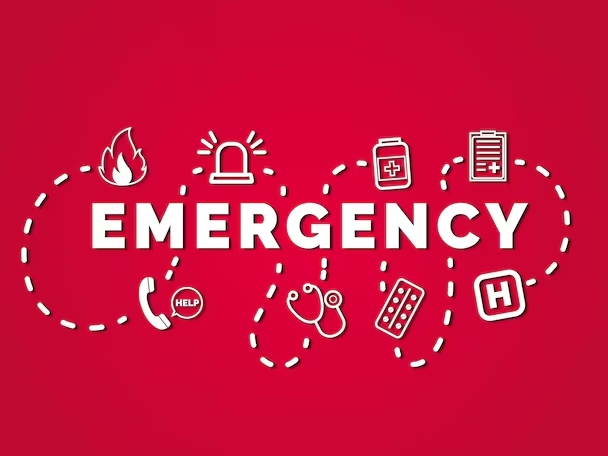
Seasonal Items
- Warm clothing and blankets for winter
- Sunscreen and hats for summer
Step 4: Stay Informed
Knowledge is power during an emergency. Stay informed by:
- Signing up for local emergency alerts and warnings.
- Monitoring weather updates and news reports.
- Downloading emergency apps like FEMA, Red Cross, or local government apps.
Step 5: Protect Your Home
Take steps to safeguard your property:
- Secure Heavy Items: Anchor furniture, appliances, and shelves to prevent tipping during earthquakes.
- Install Smoke Alarms: Place them on every level of your home and test them monthly.
- Fire Extinguishers: Keep them in key areas like the kitchen and garage.
- Storm Shutters: Install them to protect windows during hurricanes.
- Flood Barriers: Use sandbags or barriers to prevent water from entering your home.
Step 6: Practice and Review
Preparation is an ongoing process. Regularly:
- Review and update your emergency plan.
- Check and replenish your emergency kit.
- Conduct drills for evacuations, sheltering, and communication.
Special Considerations
For Pets
- Include pets in your emergency plan.
- Pack a pet emergency kit with food, water, medications, and leashes.
- Ensure your pets are microchipped and have ID tags.
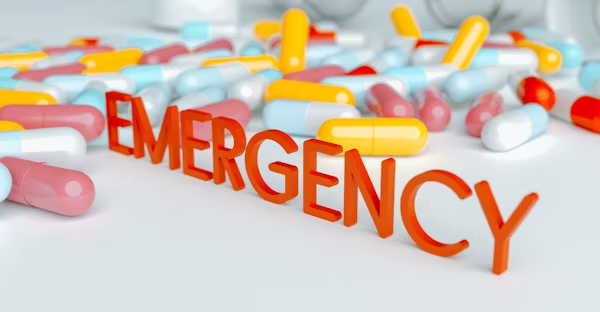
For Seniors and People with Disabilities
- Create a support network of neighbors, friends, and family.
- Keep a list of medications, medical devices, and emergency contacts.
- Plan for transportation and accessible shelters.
For Businesses
- Develop a business continuity plan.
- Train employees on emergency procedures.
- Back up important data and store it offsite.
Real-Life Examples of Preparedness
Here are some inspiring examples of how preparedness saved lives:
- Hurricane Katrina: Families with emergency kits and evacuation plans fared better during the disaster.
- California Wildfires: Homeowners who cleared brush and created defensible spaces protected their properties.
- COVID-19 Pandemic: Communities with stockpiled supplies and communication plans adapted more quickly.
Conclusion
Emergencies are unpredictable, but your response doesn’t have to be. By following this Emergency Preparedness Guide, you can ensure the safety and well-being of yourself and your loved ones. From creating a plan to building a kit, every step you take brings you closer to being ready for anything.
So, start today—prepare, practice, and stay informed. Because when it comes to emergencies, being ready is the best defense.
FAQs
- What’s the most important item in an emergency kit?
Water is the top priority, as it’s essential for survival. - How often should I update my emergency kit?
Check your kit every 6 months and replace expired items. - What should I do if I’m caught in a flood?
Move to higher ground immediately and avoid walking or driving through floodwaters. - How can I prepare my children for emergencies?
Teach them basic safety skills, like calling 911 and identifying safe spots in the house. - What’s the best way to stay informed during a disaster?
Sign up for local alerts, monitor news updates, and use emergency apps. - How do I protect important documents?
Store them in a waterproof and fireproof container or digitally in a secure cloud service. - What should I do if I have pets?
Include them in your emergency plan and pack a separate kit with their essentials.

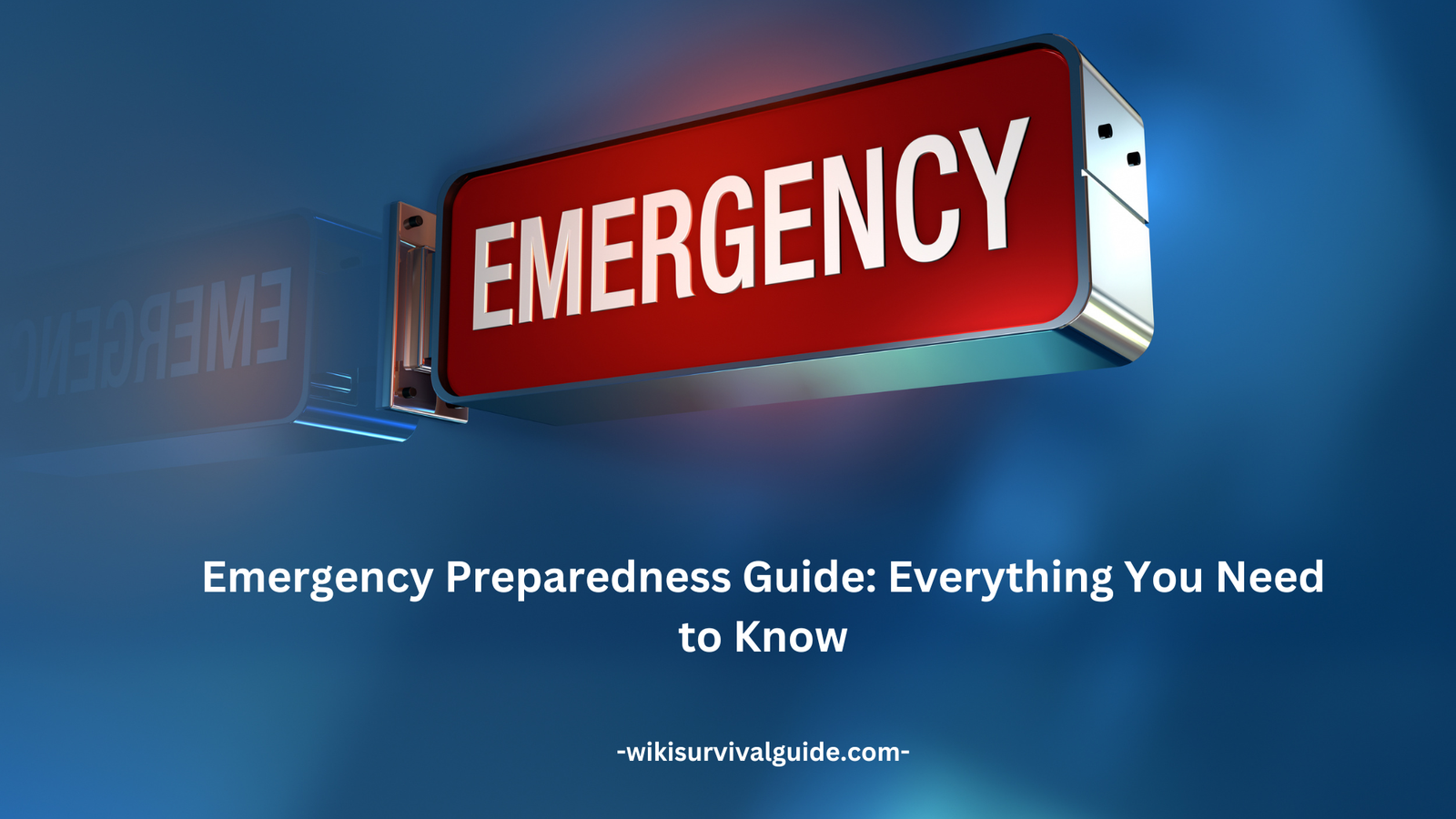
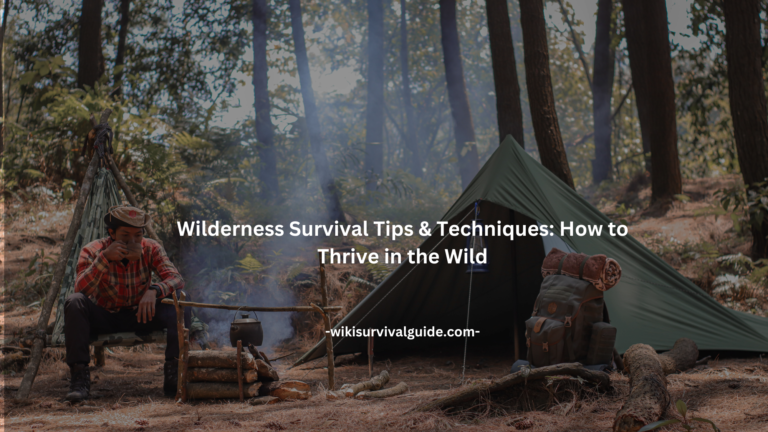
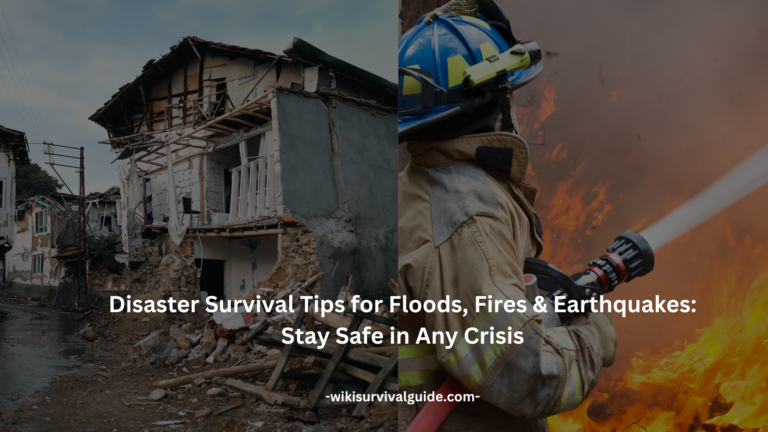
1 Comment